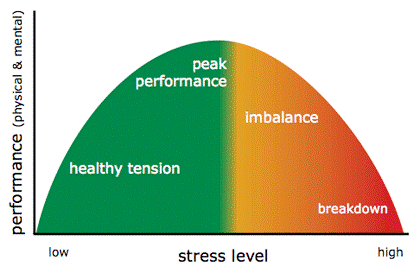Returning to Campus: Information and Support for Faculty and Staff
As employees return to their offices, classrooms, and campus spaces, it is useful to acknowledge that a range of reactions may take place. In this time of transition, please remember that:- People will experience a wide range of feelings about the return. For many, those feelings may include anxiety and stress.
- The variety of stresses and challenges people are facing looks different depending on the specific circumstances of their life. In addition to the pandemic, as Nature Human Behavior pinpoints, there are other “cascading collective traumas,” that people have faced in the U.S. and across the globe over the past 18 months.
- Plans at every level may need to change for us to be effectively reactive to the shifting environment, so we will be equipped to adapt while always prioritizing the health and well-being of our community.
- Alternative Work Strategies could and should be used to help people not only transition to campus and craft a routine that works best for them and their unit during this time but also to remain productive and engaged in the long term.
- Managers should be transparent and open when issues and/or concerns arise, show empathy, and work together with their employees as they convey reactions and emotions.
